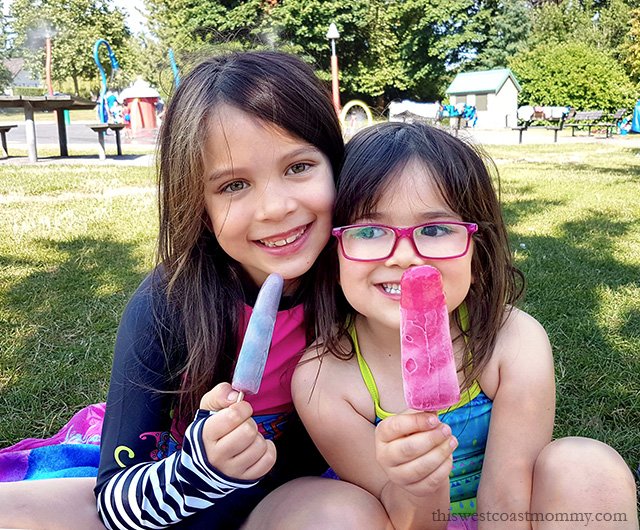
Summer break has officially started, and we’ve got two months of free time! That means sleeping in, playing, swimming, and hanging out in the backyard, but it can also mean summer learning loss, or the loss of academic skills and knowledge over summer vacation.
This year we’ve got a selection of DK Books from their STEM-tastic Summer Reads Boutique to help keep the kids busy and their brains sharp over the summer. Click on the titles or cover pictures to see these books on Amazon.
The STEAM Team: Simple Science Explained
by Lisa Burke and Robert Winston
The friendly STEAM Team characters – Science, Technology, Engineering, Art, and Math – are here to guide your child through an overview of the universe and how it all works. Covering a broad range of topics in space, chemistry, the environment, human biology, machines, engineering, physics, and modern technology, this bright and colourful book is a fun way to engage inquisitive children curious about STEAM subjects and how things work.
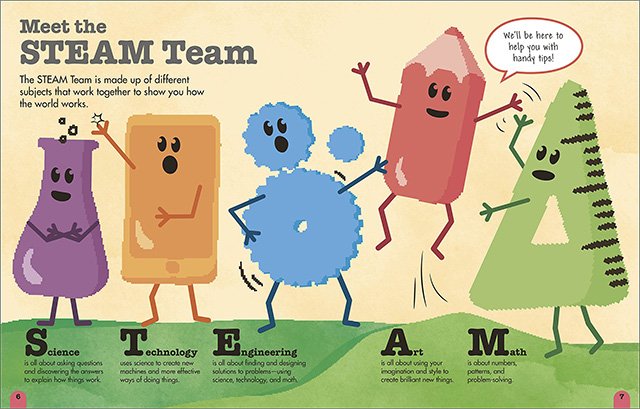
How hot is the surface of the sun? What’s inside the Earth’s core? What makes fog and thunder? What is a food web? Kids will learn how to classify animals, discover some of the causes of climate change, find out how echolocation works, and identify different types of bridges. Unfortunately we noticed a significant typo on the first spread (light travels nearly 6 trillion miles a year, not 6 million), but it’s still great to see a fun and easily accessible book designed to help ignite an interest in science in younger kids.
The Bacteria Book: The Big World of Really Tiny Microbes
by Steve Mould
Kay received a microscope from her Grandpa for her kindergarten graduation, and she is utterly fascinated with the new world she has discovered through the lens. Packed full of easily digestible fun facts, this volume is a fun guide in her quest to learn more about microorganisms.
By turns amazing and amazingly gross, The Bacteria Book uses both colourful illustrations and real-life magnified images to introduce kids to bacteria, viruses, fungi, algae, archaea, and protozoa. Where do they live? How do they grow and multiply? How do they interact with other living things, including plants, animals, and humans? Learn how bacteria can both help us (making insulin, cleaning up oil spills, and breaking down laundry stains) and hurt us (causing tooth decay, cholera, or acne).
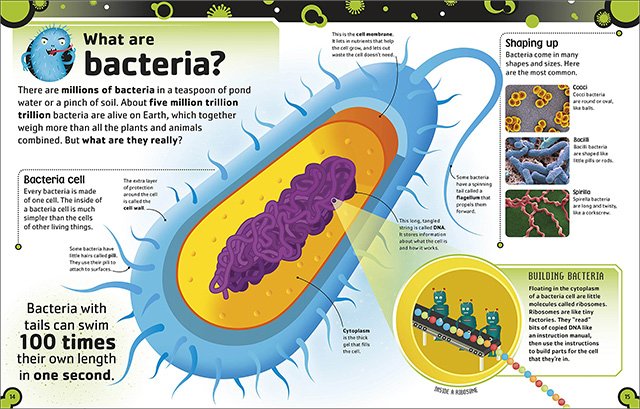
There’s a whole other world out there, too small to see, and if your kids are anything like mine, they’ll be fascinated by this close-up look at the weird and wonderful world of microbiology.
How to Be a Scientist
by Steve Mould
Ask. Do. Discover! As a parent, fostering the development of critical thinking skills and teaching my kids to understand and use the scientific method is near the top of my priority list. In our ever more complex world, critical thinking and scientific literacy will help them succeed by allowing them to analyze competing information, make good decisions, understand the consequences of their actions, and problem solve.
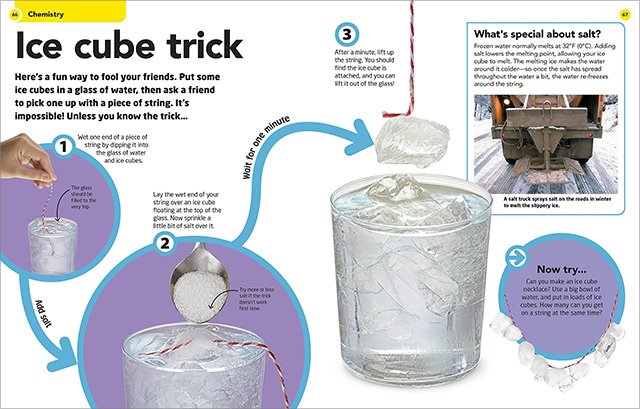
Organized in six themed chapters covering the natural world, human body, chemistry, earth, physics, and space, How to Be a Scientist introduces scientific concepts and principles, inspiring figures in science, and hands-on activities and experiments kids can try at home that will help them learn how to think like a scientist. Using easily sourced materials like paperclips, jars, straws, coins, salt, gelatin, dishwashing liquid, towels, balloons, modeling clay, flour, and cocoa powder, the book includes over 40 of these simple activities that’ll keep the kids busy learning and experimenting all summer.
Tee has always really enjoyed math, and as soon as she saw this title from DK Books she clamoured to open it up. How to Be Good at Math covers all the basic math concepts needed for grades 2 to 5, and as she’s going into grade 3 this September, there’s lots for her to learn and practice.
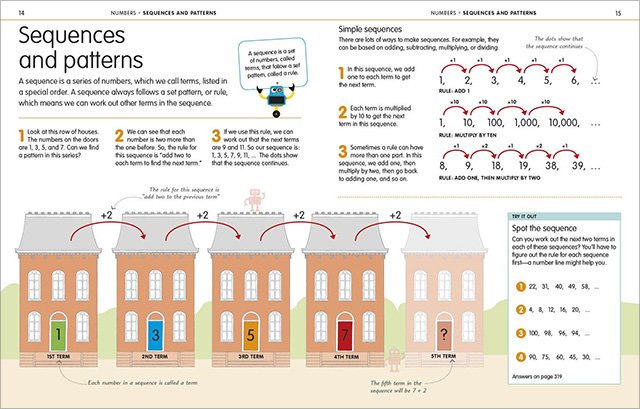
At first glance, a visual guide to math sounded less than exciting, but I’m surprised by how absorbed Tee has been with her new book. She’s been independently working her way through this book the last couple of weeks, and she’s currently practicing multiplication and showing off her knowledge of Roman numerals.
To be clear, this isn’t a workbook, but rather an illustrated manual of concepts with some exercises that kids can practice. The step-by-step material is easy to understand, though it could have been improved with some worksheets or perhaps links to online, printable worksheets. As a parent, I do wish that the concepts had been marked with a suggested grade level to give me an idea of where to start with my child. The book contains a glossary of mathematical terms and an answer key in the back.
Maker Lab
by Jack Challoner and Jack Andraka
The first Maker Faire was held in the San Francisco Bay Area in 2006, and in the decade since, the Maker Movement has quickly increased in visibility. According to MakerMedia.com, the publishers of Make Magazine and organizers of Maker Faires around the world, “The Maker Movement embraces innovation, creativity, and learning to improve our communities and create a better future… we are all Makers. At the heart of the Maker Movement is the understanding that making is uniquely human. As people learn to develop projects, they become innovators, makers of change.”
My girls have always loved to design and make their own creative projects. From knitting a bow tie for Father’s Dad to creating a new musical instrument from plastic drinking cups, I think making is an almost universal impulse for children. All we have to do is encourage them. Ever since they attended the Vancouver Mini Maker Faire last summer, the girls have fully embraced the maker ethos.
The National Parenting Publication Award-winning Maker Lab encourages kids to discover a love for STEAM subjects and maker culture with 28 fun projects designed for kids ages 8–12. Each activity uses only household materials and is ranked by level of difficulty with an estimated time frame for completion. Maker Lab includes classic activities like invisible ink and that Science Fair staple the paper mache volcano, as well as more challenging projects like a DIY waterwheel or a working model of your lungs.
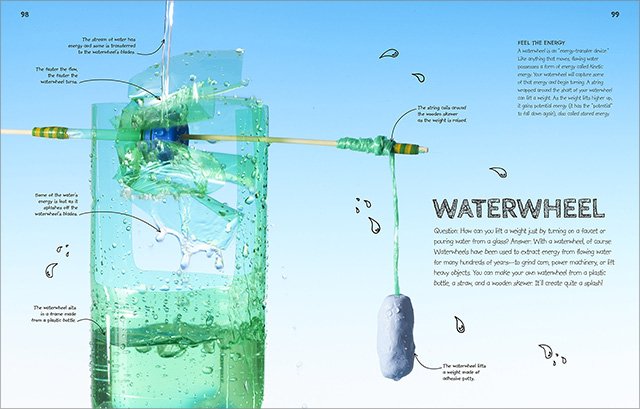
In addition to easy-to-follow, step-by-step instructions, each project comes with a clear explanation of the scientific principles at work and a real-world application so kids can understand the why as well as the how to.
The kids have already pored through this book picking out the projects they want to create this summer. I foresee balloon rocket car races and a shoe box plant coming soon!
Star Wars Maker Lab
by Liz Lee Heineke and Cole Horton
Given our love for maker culture as well as all things Star Wars, it should be no surprise that we’ve been eagerly anticipating DK Books’ newest release Star Wars Maker Lab. The book contains 20 Star Wars-themed projects with detailed, step-by-step instructions teaching real world scientific concepts like magnetism, electrical circuits, and sound waves. Each project specifically notes how it fits in the Star Wars galaxy far, far away as well as how the concepts are applied in our own galaxy.
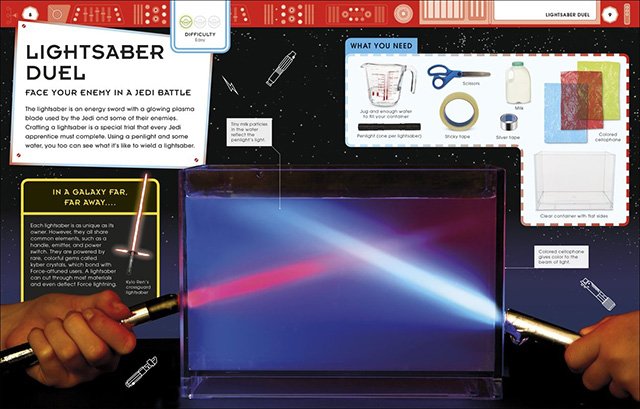
Kids can create a lightsaber beam, make an Ewok catalpult, or build their own interstellar instruments. Most projects use only household items, and just like in Maker Lab, each is ranked by level of difficulty (from one to three Yodas) and time required. I love the quick reference guide that lets me quickly decide if we have the time to complete a particular project or not. My only quibble is that two of the projects in this volume are virtually identical to two activities in the earlier Maker Lab book (making sugar crystals and crafting an erupting volcano).
Win 2 Maker Lab Books
One reader will win both Star Wars Maker Lab and Maker Lab to keep the kids busy all summer long! Enter in the giveaway widget below. This giveaway is open to residents of Canada, 18+. All the winner’s entries will be verified.
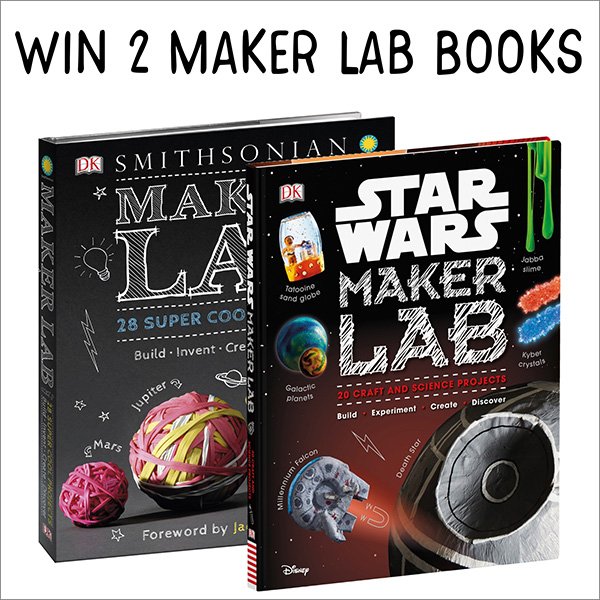
Click here to check out my other open giveaways and be sure to follow me on Facebook!
Disclosure: I received sample items for review. All opinions expressed are completely honest and my own, based on my personal experience. Your experience may differ. This post contains affiliate links. This West Coast Mommy is a participant in the Amazon Services LLC Associates Program, an affiliate advertising program designed to provide a means for sites to earn advertising fees by advertising and linking to Amazon.com. I will receive a small commission if you purchase through my link, at no additional cost to you. This income helps pay for the operating costs of my website – thank you for your support!
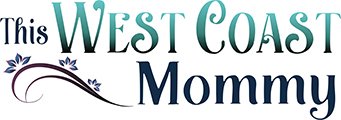

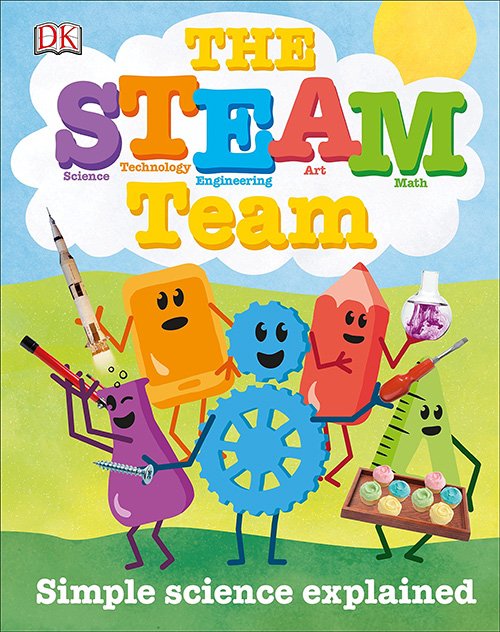
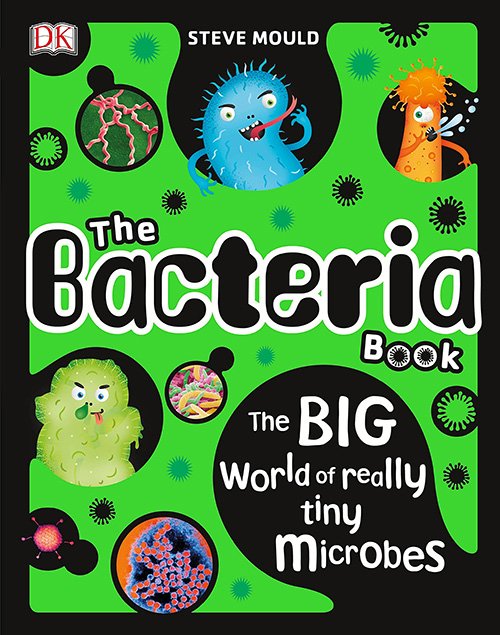
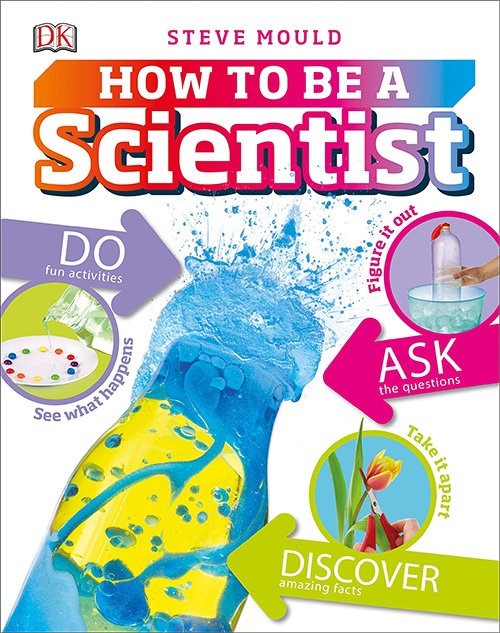

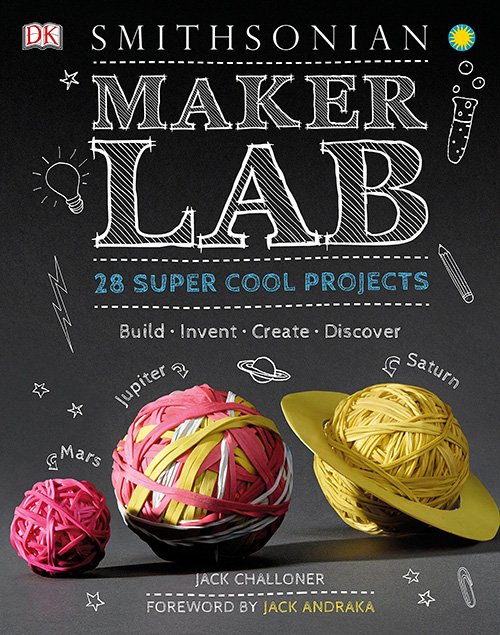
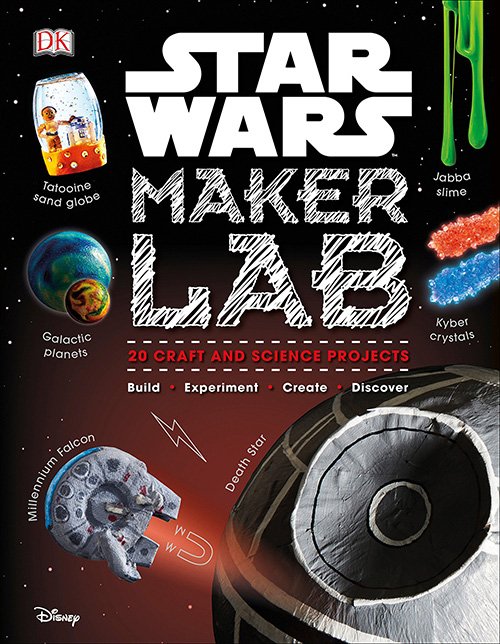
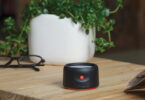
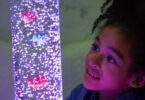
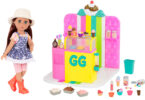
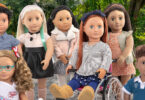
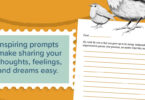
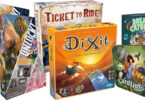
I would love the DK How to be a scientist and How to be an Engineer books!
I would also like to take home Did You Know? Space for my grandson because he’s very interested in learning about the planets and galaxies and would really enjoy this book.
Another book we would love is the Science Rocks!
We would love to take home “Science Rocks.” It looks interesting and informative.
I would also like Junior Maker for my youngest granddaughter. Thank you!
My grandson would like Star Wars Maker Lab for his collection.
Another great book from DK would be the DK findout! Engineering
I think How to Measure Everything would be fun to read.
The Steam Team and Junior make look perfect for my kids! They love experimenting and making new “discoveries”. Of course Star Wars anything is always a win — to make their own star wars items they would be SO excited.
I would also like DK find out! Robots
I would love the simple science one!
My boys love Star Wars and would like the Star Wars Maker Lab.
My son is a major Star Wars fan and would love the Star Wars maker lab book
DK findout! Robots looks like a really fun book.
DK findout! Energy would be fun to read.
I’d love to take home the DK findout! Engineering book!
I think my daughter would really like DK find out! Robots.
I have 3 wonderful young children living next door and I would love to present them with:
The STEAM Team: Simple Science Explained to show my love for them.
I am a math/science teacher in junior high school. I would love to have any of these books!! However, I really would like the Human Body book because I teach this to my grade 8s.
Another book I’d really like is How to Be a Scientist by Steve Mould.
I would also love Did You Know? Space and Human Body for my grandchildren. Their young brains are just like sponges so reading these books with them would be informative for us all.
My son would probably also love The STEAM Team book!